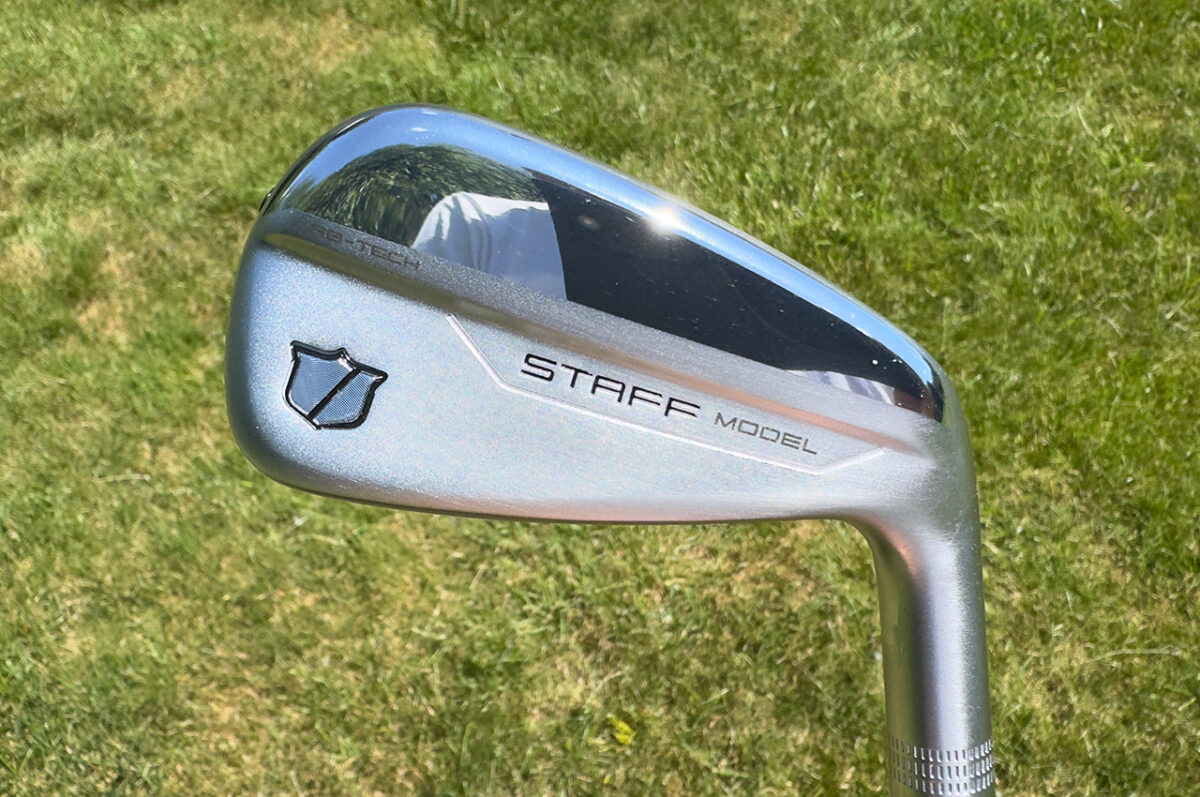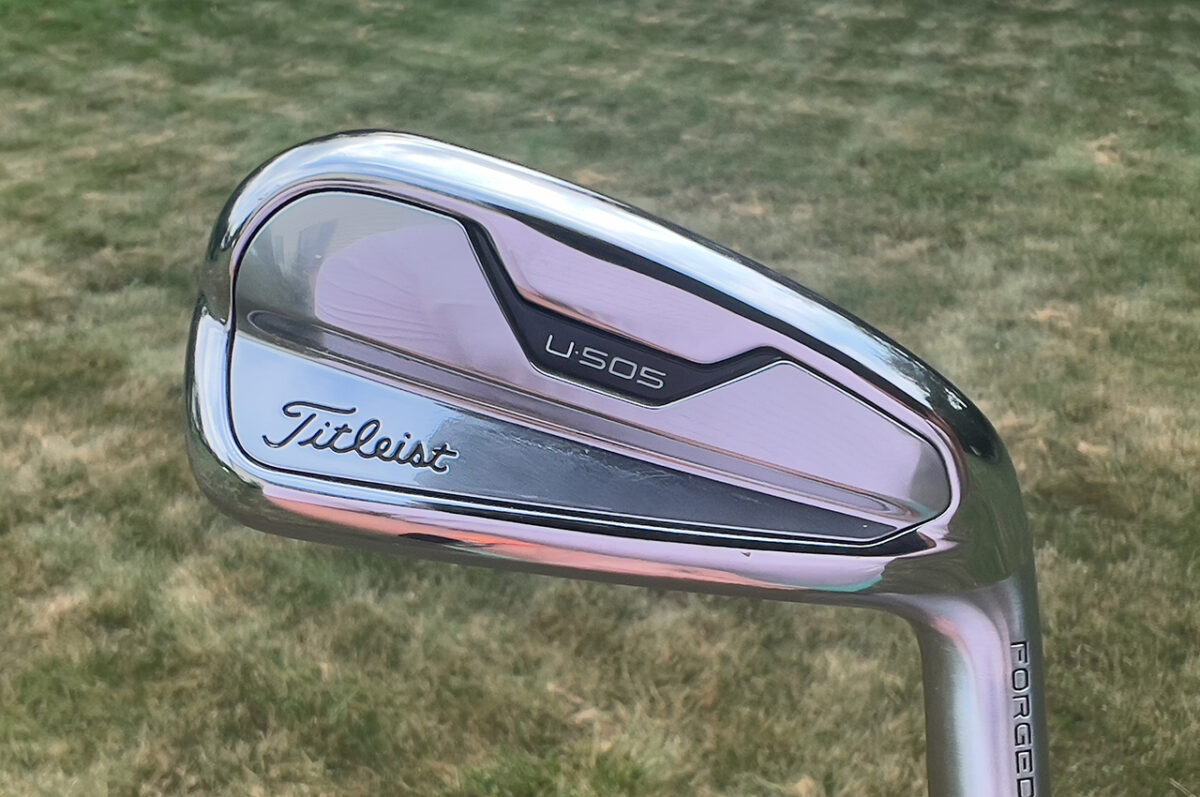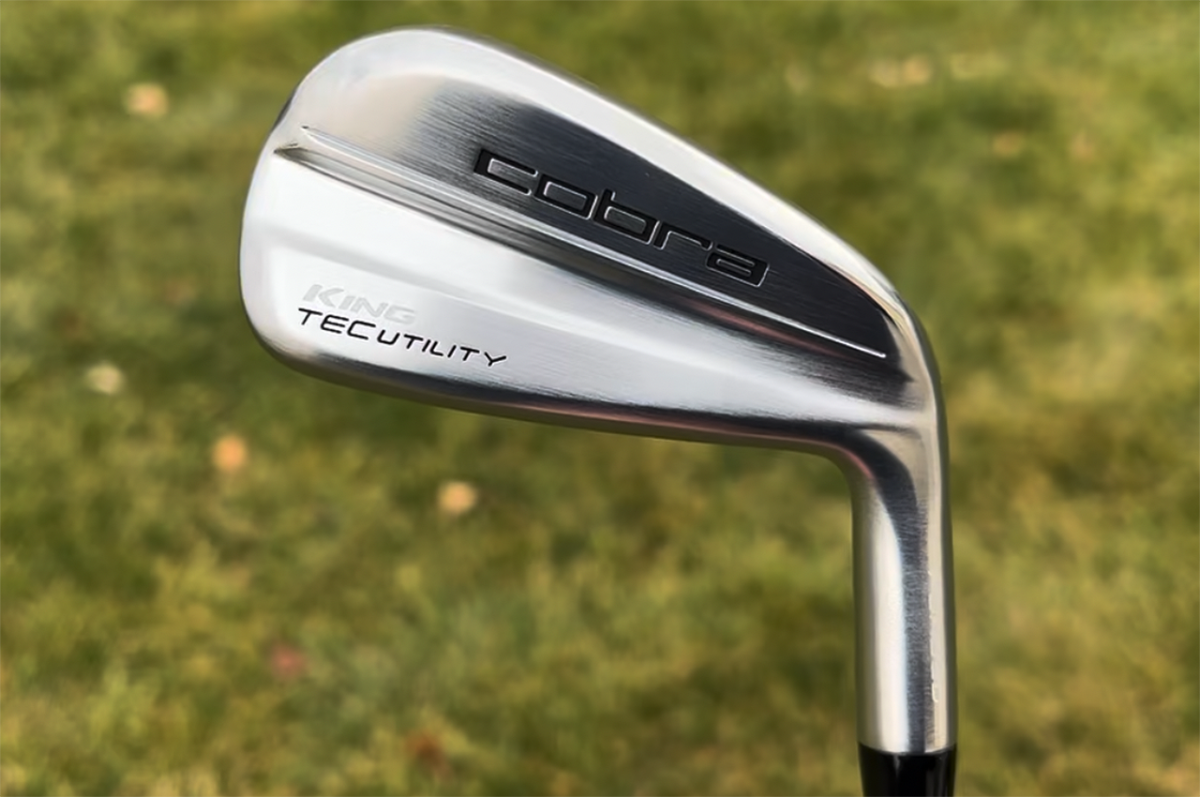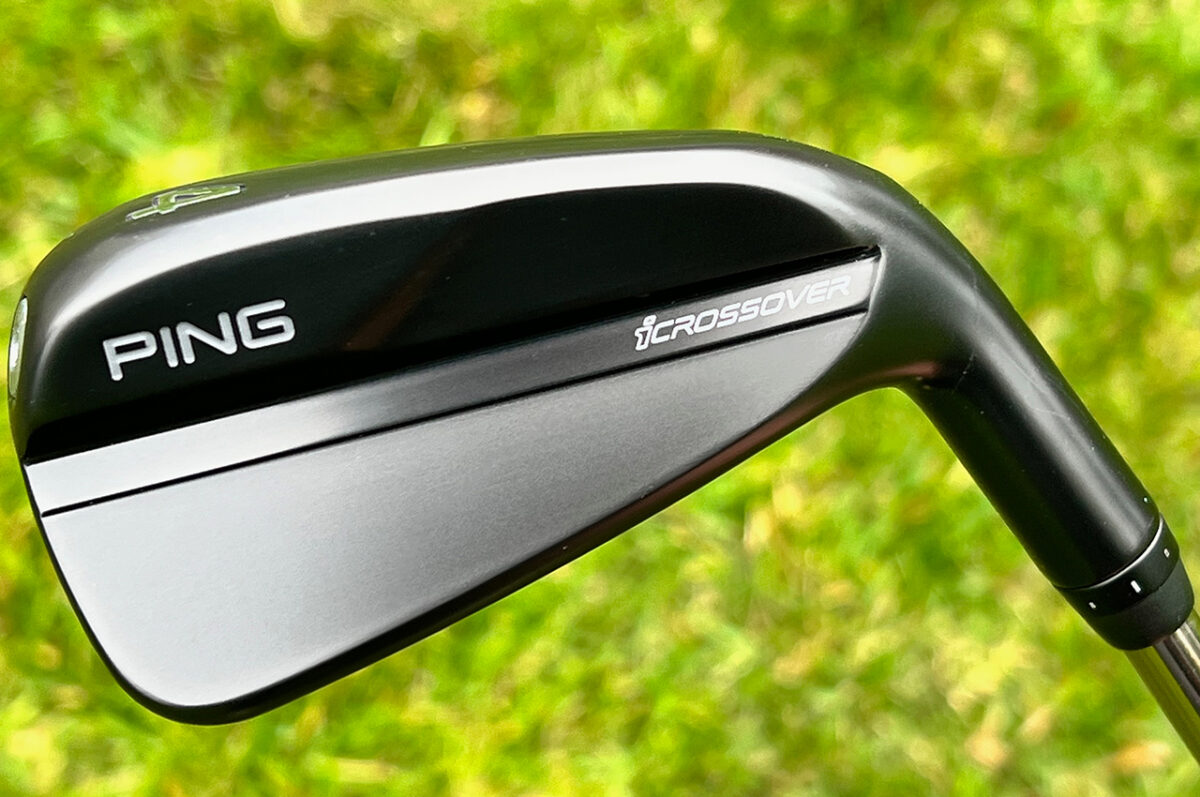Gear: Wilson Staff Model RB Utility iron
Price: $249.99 with True Temper HZRDUS GEN 4 Black shaft and Golf Pride Z grip
Specs: Hollow-bodied design with C300 stainless steel face. 18-, 21- and 24-degree versions
Who It’s For: Golfers who want a driving iron for low shots off the tee in windy conditions that can also bridge the gap between their shortest fairway wood or hybrid and their longest iron.
The Skinny: The hollow-bodied Staff Model RB Utility is designed to deliver more distance than Wilson’s better-player irons while maintaining the look and style of a club made for accomplished golfers.
The Deep Dive: When it comes to finding a club to fit between your last fairway wood and your longest-hitting iron, you have plenty of choices. High-lofted fairway woods, such as a 7-wood, can do the job. And for nearly two decades, hybrids have been a versatile option for many players. However, players who routinely shoot in the 70s and who like to shape shots often prefer driving irons and utility irons.

Wilson released the Staff Model Blade and Staff Model CB this season, and for golfers who love the look and feel of those control-oriented, better-player irons, Wilson is now offering the Staff Model RB Utility iron.
Offered as a 2-iron (18 degrees), 3-iron (21 degrees) and 4-iron (24 degrees), the Staff Model RB Utility has a compact blade length, moderately thin topline and offset to give it a clean look in the address position. Yes, it is slightly larger than a muscleback blade, but the tradeoff for going with a larger design in this driving irons is significant.
The Staff Model RB Utility iron is hollow, so the C300 stainless steel face can flex more efficiently at impact, and that should allow players to generate more ball speed and distance.

Extra weight has been positioned in the heel and toe areas to increase the Staff Model RB Utility iron’s stability and help it resist twisting on off-center hits. That weight also helps lower the center of gravity so the club produces a low- to mid-low launch that can help keep tee shots down in windy conditions.
An internal rib support system helps to further stiffen the body and improve the sound at impact.



















